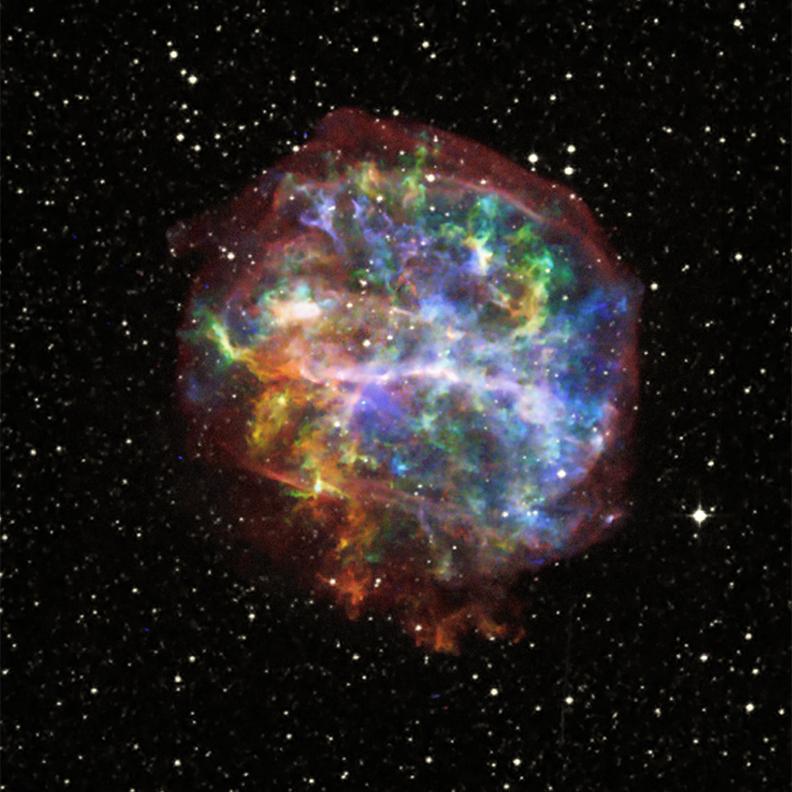-
Asked by Lynch to Gavin, Karen, Mark, Michel, Roisin on 9 Nov 2016.
-
Michel Destrade answered on 9 Nov 2016:
They run out of fuel and collapse onto themselves creating a massive explosion!
-
-
Roisin Jones answered on 10 Nov 2016:
I would guess that Mark probably knows the answer to this question better than me, but yeah, I think that Michel has covered it: they’re basically giant balls of flame fueled by hydrogen and helium, and sometimes when they reach the end of their lifetime (i.e. running out of fuel), really massive stars have runaway nuclear reactions which eventually cause a gigantic explosion called a supernova!
-
-
Mark Kennedy answered on 10 Nov 2016:
This is quite a complicated question. Let’s start with our Sun, and go from there.
At the end of its life, after the Sun has finished burning helium in its core, remnants of the Sun will be an iron core surrounded by layers of helium and hydrogen that never got to the conditions necessary for fusion. Iron is a very, very difficult element to get to fuse, and the reaction actually requires energy, as opposed to the fusion of hydrogen or helium, which releases energy. So when the core is just iron, the core will being to cool and all those outer layers of hydrogen and helium will be thrown out into space. We call this object a planetary nebula (there are some beautiful pictures of them here https://en.wikipedia.org/wiki/Planetary_nebula).
Now the reason that the Sun won’t explode, and most stars won’t explode when they get to the end of their lives is because they aren’t massive enough to force that iron core to fuse. As I said before, it’s very difficult to, and requires extreme pressures and temperatures.
So when you have very massive stars (about 8 times the mass of the Sun), then, at the end of their lives, they can actually cause that iron core to do some fusing. It’s not very stable, and happens very, very quickly, and causes all of the outer layers of the star to be blown off into the space very rapidly. These events are supernovae (in particular, these are type II supernovae https://en.wikipedia.org/wiki/Type_II_supernova and produce some beautiful images
 ).
).Supernova can be the brightest objects in the night sky (except for the moon) for example Supernova 1987a, which happened in 1987 (https://en.wikipedia.org/wiki/SN_1987A).
Betelgeuse is a very massive star close to the Earth which could actually go supernova at any moment. (We think it will happen sometime within the next 1 million years, which is very short in the cosmic timescale). When it does explode, it will be bright enough that it will outshine the moon, and be visible in the sky during the day!!!

Comments
Lynch commented on :
sound man top lad
_Game_Name_938:) commented on :
:O